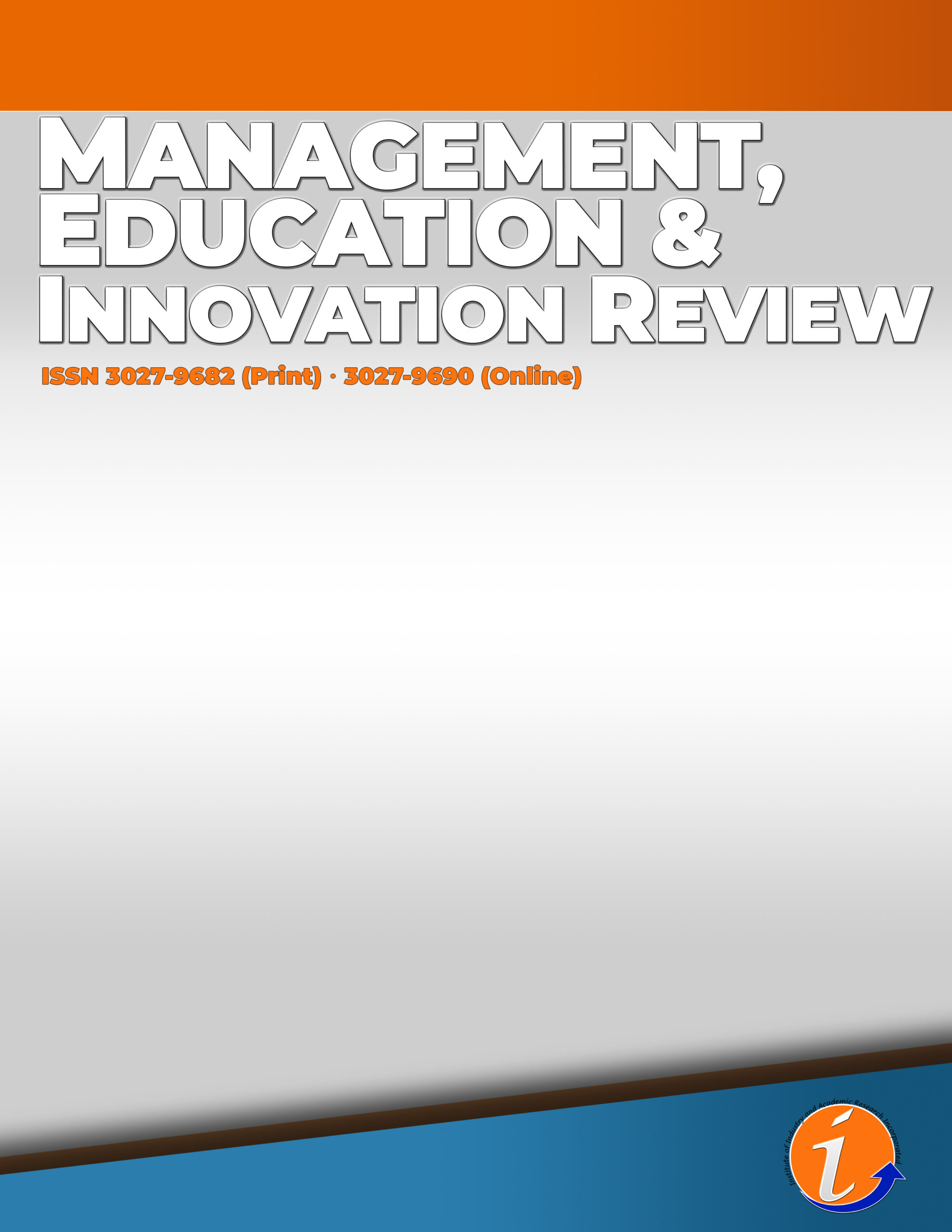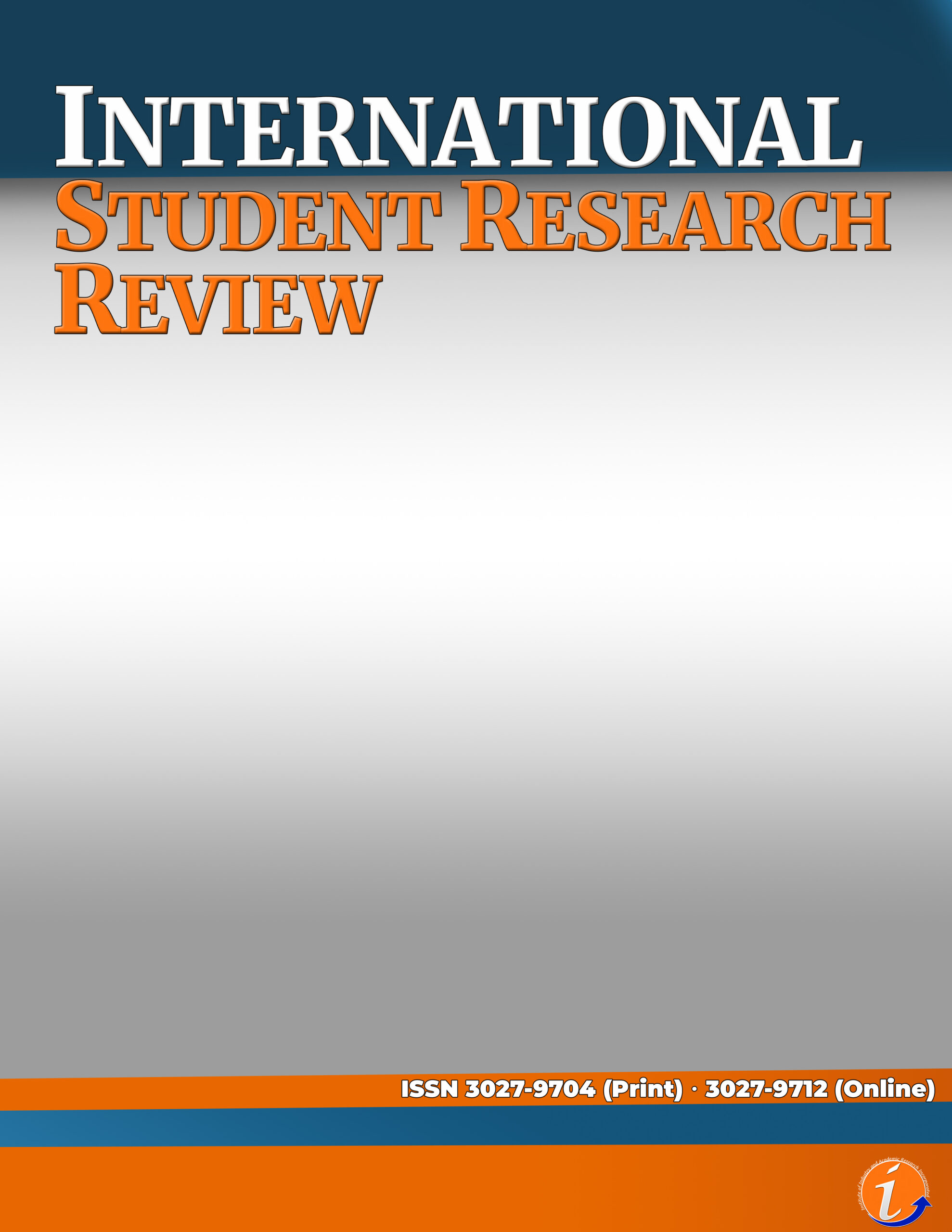Waste Management is one of the common ways to manage waste generation and waste disposal. The Philippines is one of highest rank in terms of trash collection rates in South East Asia and the third biggest source of plastic waste dump into the water resources. As provided for in RA 9003, the Local Government Units (LGU’s) are given the power to enforce laws on cleanliness, solid waste management and environmental matters. Though there are programs implemented in segregating wastes, garbage is still a global problem that affects everyone and all living beings. The researcher sees the opportunities to create a prototype of ‘An Automated Waste Classification Technology Using Supervised Learning with Convolution Neural Network and MF Classifier’ that helped separate recyclable waste materials to efficiently and correctly sort them. The use of Bayesian Classifier, Artificial Intelligence specifically Convolutional Neural Network and MF Classifier opens a new way to address this issue to manage and lessen the garbage generation every day which categorizes, classifies and segregates waste. Combining these three algorithms made waste segregation easily, accurately and faster. Agile model was a great help in creating software and requirements analysis. The application of image processing is capable to identify and monitor the garbage that can be recyclable. The system collects useful data and categorizes it with the use of CNN classification. The CNN model trained each recyclable materials by putting a label for test and training. The system was tested on the trash recyclable image dataset which was able to achieve an accuracy of 96.67% on the dataset. The system outcome was assessed and evaluated through evaluation classifier such as accuracy, speed in terms of time, recall and precision, and confusion matrix. With it, segregation will be much easier without compromising human health.
waste, classification, recyclable waste segregation, convolutional neural network, machine learning, artificial intelligence, MF classifier, CNN model
This paper is presented in 1st International Conference on Multidisciplinary Industry and Academic Research (ICMIAR)
Cite this article:
License:
![]()
This work is licensed under a Creative Commons Attribution (CC BY 4.0) International License.













